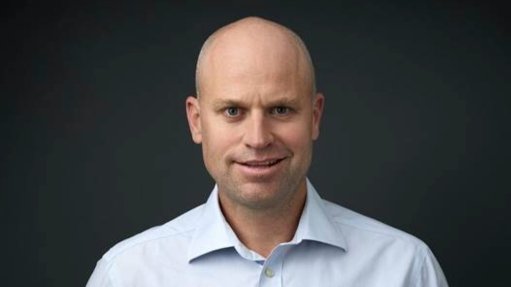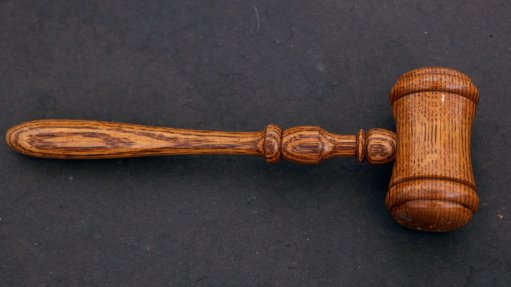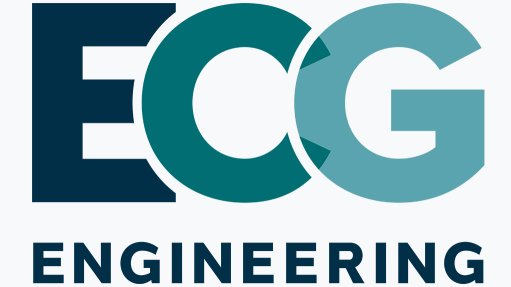Yet more adventures on the Eskom system
In my last column on the Eskom integrated power system, I explained that I worked for the State-owned power utility as the senior engineer for operations in the Eastern Cape for nearly two years. The backbone of the national grid was the 400 kV power line system and the 220 kV power line system. The 400 kV and 220 kV power line systems fed, through transformers, into the 132 kV distribution systems. The whole power system, including distribution, was known as the interconnected power system. Each had a 132 kV distribution system. My region, the Eastern Cape region, included Port Elizabeth. Eastern Cape Control reported to me and all I had to do was to make decisions on how to operate the Eskom Eastern Cape region system so as to keep outages to a minimum. Here is another adventure.
I reported to the Eastern Cape chief engineer, but I had a reporting function to National Control, which controlled the 400 kV, 220 kV and some 132 kV systems. In some cases, we had control of some 220 kV power lines, notably the main power supply to Port Elizabeth and surrounding districts (the Poseidon–Grassridge power lines, two 220 kV lines).
Port Elizabeth had a coal-fired power station, Swartkops. The Port Elizabeth municipality operated Swartkops such that it reduced the maximum demand from Eskom during the day and reduced the Swartkops output at night, to save coal.
All went along in a happy fashion until the Eskom marketing department appeared. Eskom had, at the time (1988) a surplus of electricity and so the marketing department travelled around persuading organisations to use more electricity. As an incentive, they would offer the electricity at a low rate. I had a poor view of the whole plan, since, very often, the marketing department never consulted the operations department and we would find sudden, unexpected increases in load, for which we had to scramble to reset overload devices.
So, there we were: the weekday load on Poseidon–Grassridge 1 was about 100 MW and on Poseidon–Grassridge 2 the same. The municipality of Port Elizabeth kept the load at (as I remember) no more than 200 MW in total by generating at Swartkops. The municipality paid a penalty to Eskom if it went over this load.
The maximum permitted load on Poseidon–Grassridge 1 and 2 was 2 × 200 MW, which equalled 400 MW. I was comfortable with this, since, if one of the lines tripped, the other line could carry the total 200 MW load without tripping. After a time, I noticed that the total load was increasing, sometimes up to 220 MW. I thought the people at the Port Elizabeth municipality probably knew what they were doing but this was taking the system to a point where, if one line tripped, the other would have to carry a 10% overload.
I called Aiden, the Port Elizabeth electrical engineer, and told him about this. He said he would look into it. I said it was going to penalise them. He said, no, that has been fixed. I said, so Swartkops is not okay then? No, he said, it is okay, but we are not running it right now; your marketing people cut us a deal.
The term ‘right now’, to me, seemed to imply there was a temporary shutdown of Swartkops and that Eskom marketing had waived the penalties. I was wrong. A few weeks later, my phone rang and the gravel deep voice of Jan Esterhuizen, of National Control, spoke: “Terry,” he said, “look at your screens. Now. Your line to Port Elizabeth is cooking. It’s going to melt.” A cold fear clutched my heart. I raced to Pembroke Control. In the control room, the telemetry screens showed that Poseidon–Grassridge 1 had tripped and that Poseidon–Grassridge 2 was overloaded by 20%. Fast action was needed. To be continued.
Article Enquiry
Email Article
Save Article
Feedback
To advertise email advertising@creamermedia.co.za or click here
Comments
Press Office
Announcements
What's On
Subscribe to improve your user experience...
Option 1 (equivalent of R125 a month):
Receive a weekly copy of Creamer Media's Engineering News & Mining Weekly magazine
(print copy for those in South Africa and e-magazine for those outside of South Africa)
Receive daily email newsletters
Access to full search results
Access archive of magazine back copies
Access to Projects in Progress
Access to ONE Research Report of your choice in PDF format
Option 2 (equivalent of R375 a month):
All benefits from Option 1
PLUS
Access to Creamer Media's Research Channel Africa for ALL Research Reports, in PDF format, on various industrial and mining sectors
including Electricity; Water; Energy Transition; Hydrogen; Roads, Rail and Ports; Coal; Gold; Platinum; Battery Metals; etc.
Already a subscriber?
Forgotten your password?
Receive weekly copy of Creamer Media's Engineering News & Mining Weekly magazine (print copy for those in South Africa and e-magazine for those outside of South Africa)
➕
Recieve daily email newsletters
➕
Access to full search results
➕
Access archive of magazine back copies
➕
Access to Projects in Progress
➕
Access to ONE Research Report of your choice in PDF format
RESEARCH CHANNEL AFRICA
R4500 (equivalent of R375 a month)
SUBSCRIBEAll benefits from Option 1
➕
Access to Creamer Media's Research Channel Africa for ALL Research Reports on various industrial and mining sectors, in PDF format, including on:
Electricity
➕
Water
➕
Energy Transition
➕
Hydrogen
➕
Roads, Rail and Ports
➕
Coal
➕
Gold
➕
Platinum
➕
Battery Metals
➕
etc.
Receive all benefits from Option 1 or Option 2 delivered to numerous people at your company
➕
Multiple User names and Passwords for simultaneous log-ins
➕
Intranet integration access to all in your organisation


















